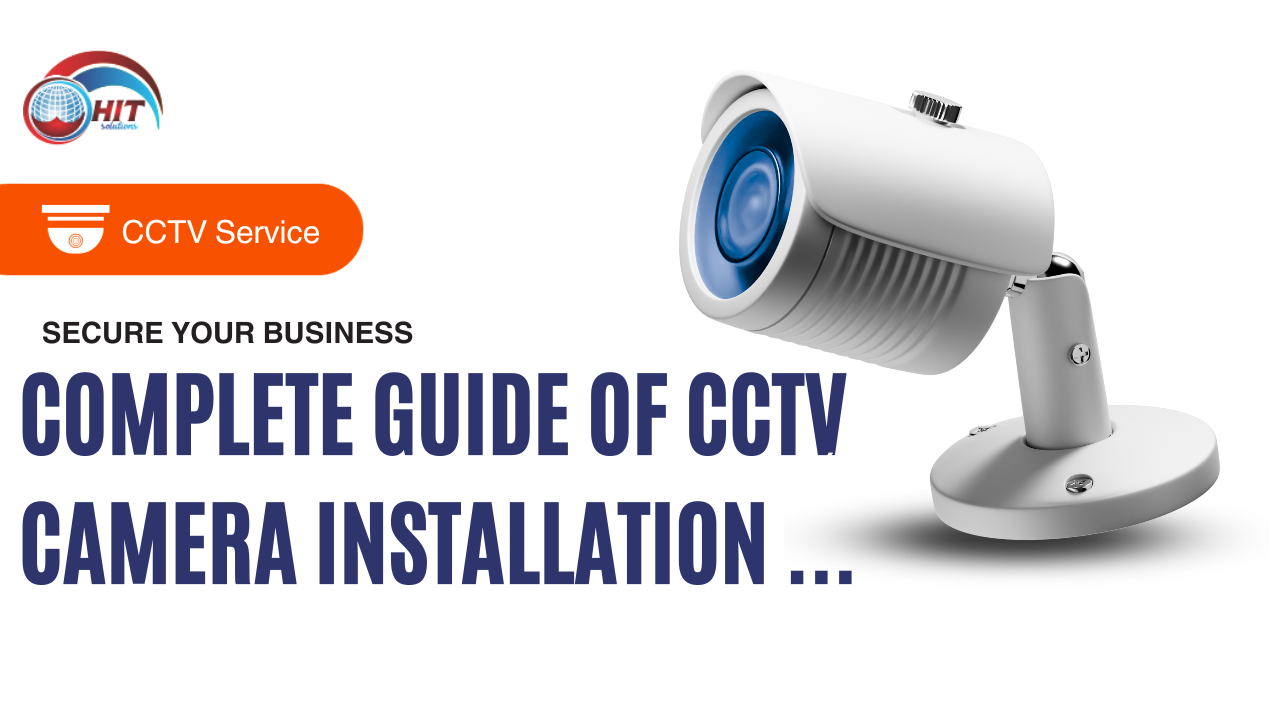A Complete Guide to Fire Alarm Installation in Your Office:
In today's world, keeping your office safe and making sure your employees are protected is really important. Fire alarm installation is super important for this. They help by spotting fires…



